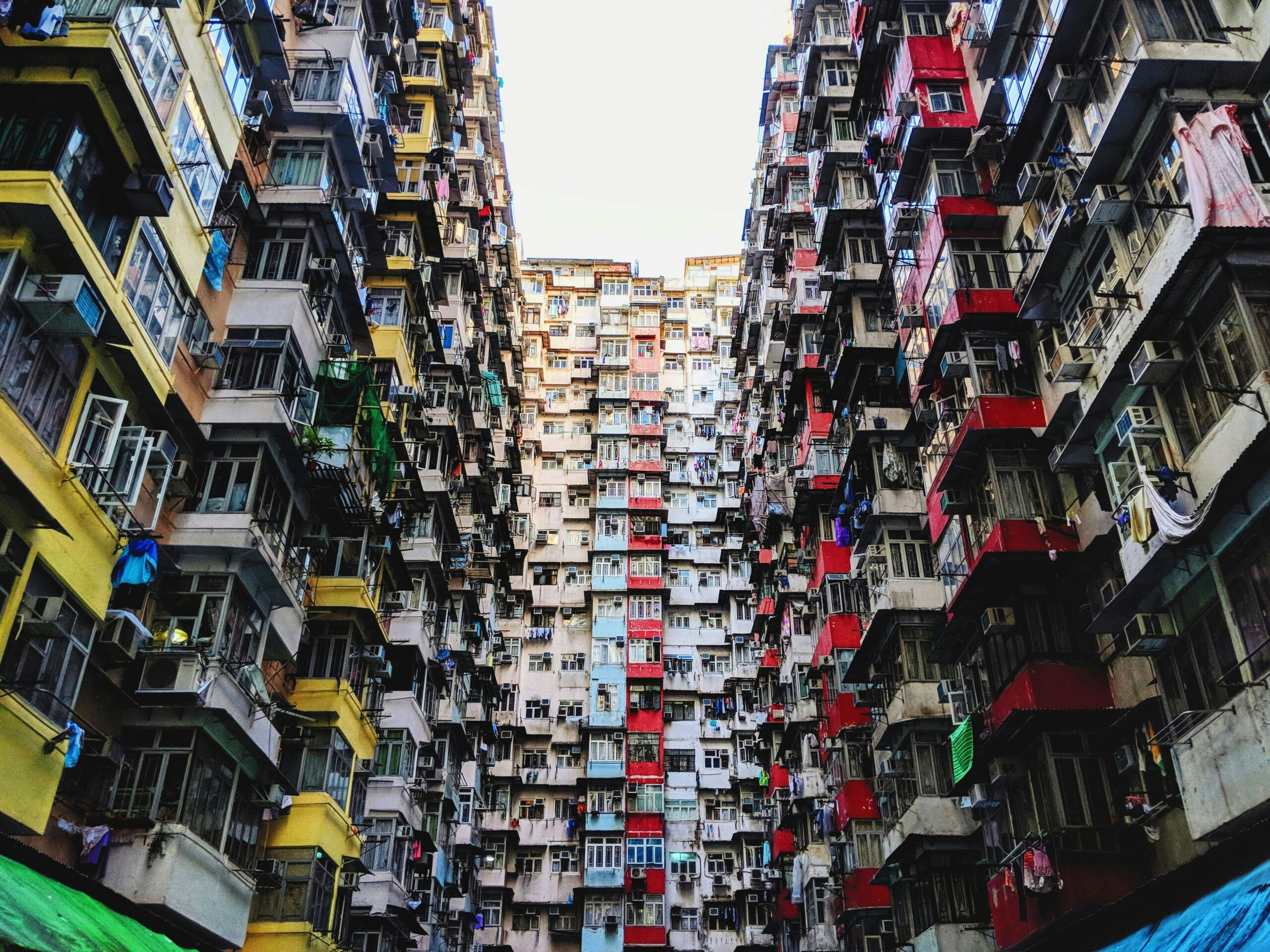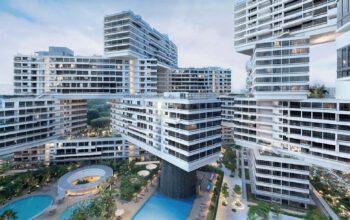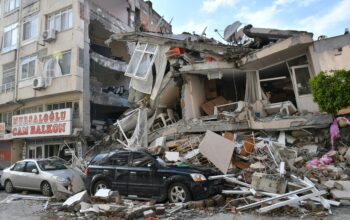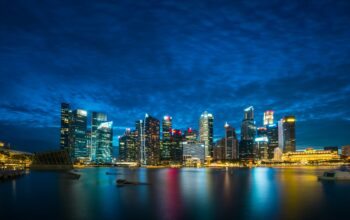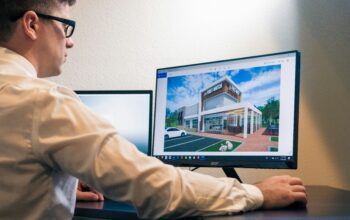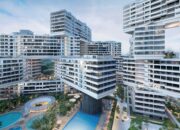Uzone.id — The growth of cities worldwide is one of the major issues today; it has its own difficulties, like overcrowded cities and climate change. In this respect, the function of architects is becoming increasingly significant.
Since architects are individuals who design tangible environments, they have the potential to design an environment that lacks style constraints, which enables them to solve some of the emergent challenges of urbanization, such as environmental degradation.
One usual effect of high population density within big cities is that essential commodities such as green open spaces, fewer traffic jams, and access to social amenities are limited. Architects can provide innovative solutions to address these issues through:
1. Vertical building design: Developing the maximum number of facilities and spaces and putting up multistoried structures where accommodations will have recourse to complete facilities like green areas, open spaces, and transportation systems, among others.
2. Public space optimization: Creating diverse usable communal facilities like parks, plazas, and sidewalks for various community functions.
3. Mixed-use concept: A cluster approach that unites several functions in one zone, such as living, working, and shopping spaces, minimizing the amount of travel required and rationalizing the use of territory.
4. Technology implementation: Applying information communication technologies to control traffic movement, energy efficiency, and communication among the people in the streets.
“To tackle the complexity of urbanization problems, architects need to work together with various disciplines, such as engineers, sociologists, and economists,” says Rem Koolhaas, a Dutch architect known for his innovative works.
On the other hand, climate change is threatening human existence because it is increasingly threatening life. Architects have an important role to play in building cities that are more resilient to the impacts of climate change through:
- Green building design: Examples include sustainable development in the built form, such as the appropriate use of environmentally friendly construction materials, light and air, and energy.
- Stormwater management: To control flood hazards and water quality in groundwater, installing rooftop gardens, infiltration ponds, and other appropriate drainage systems.
- Increased green open space: Develop green spaces in cities to sequester CO2 and lower temperatures to improve air quality.
- Adaptation to climate change: Constructing structures and facilities capable of meeting escalating climate change demands, including heat waves, floods, and storms.
“Thus, passive elements like natural ventilation and lighting form the first tool in designing sustainable structures,” said Amory Lovins, a climatologist and co-founder of the Rocky Mountains Institute of Science.
Many might not have realized that urban architecture issues are multifaceted and not easily solvable by a single discipline of professionals, including architects, urban planners, engineers, sociologists, and environmentalists. Such cooperation will ensure that a more successful and sustainable solution is developed.
It is important to map out how the architect can address the challenges of urbanization. The architect’s ability will depend on the capacity to create a better-built environment for the community members.
Nowadays, architects encounter certain problems, such as building overcrowding and climate change; thus, they should not stop searching for new and relevant solutions.
Given the intensified development of complex urban space, architects must be equipped with broader skills and knowledge. Frameworks of architectural education must be modified and enhanced so that graduates with good knowledge of social, environmental, and technological changes can be given good design skills.
Moreover, the academic community, practitioners, and the government need to work together to design a curriculum that will help meet the requirements of the job market.

